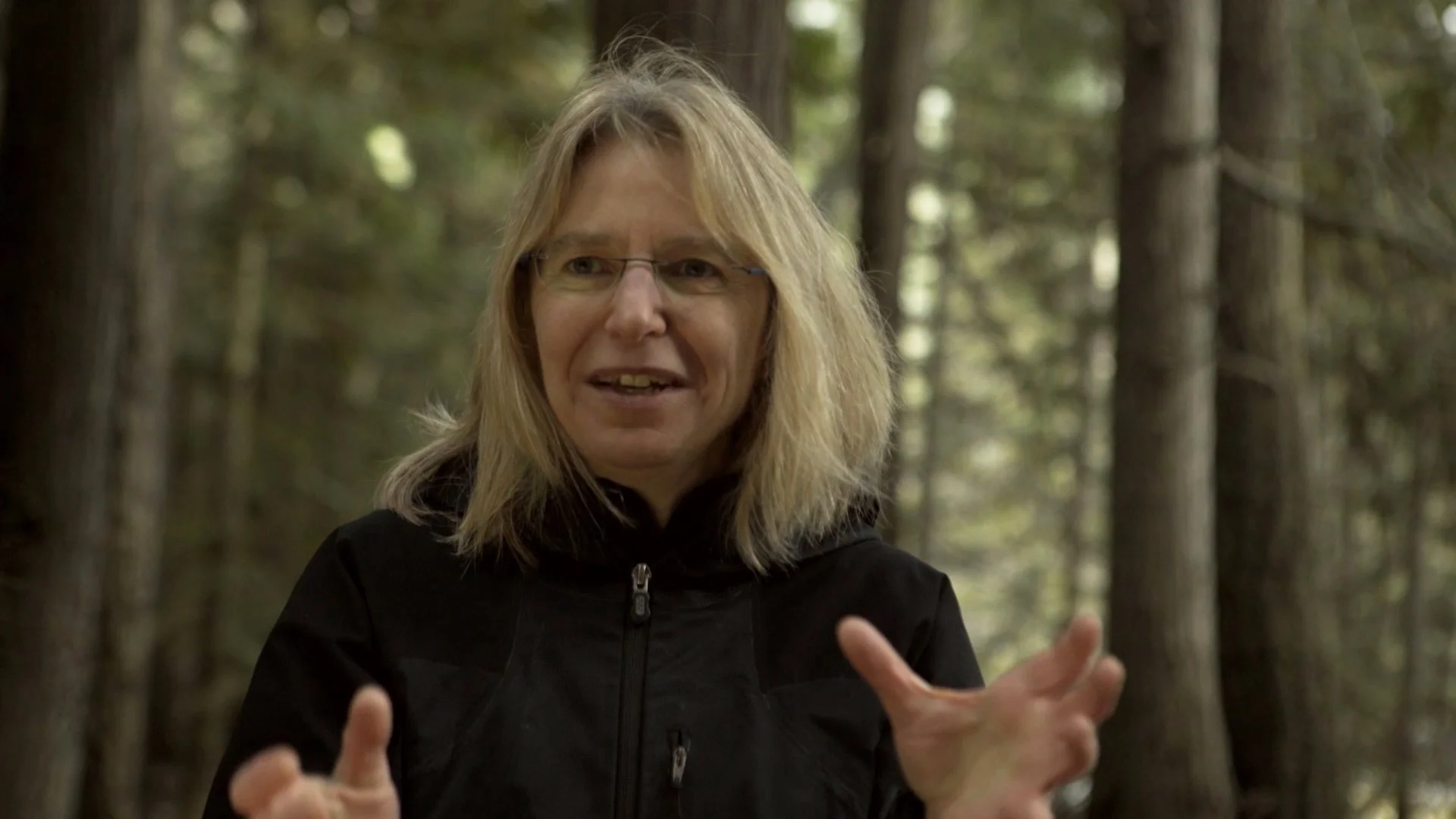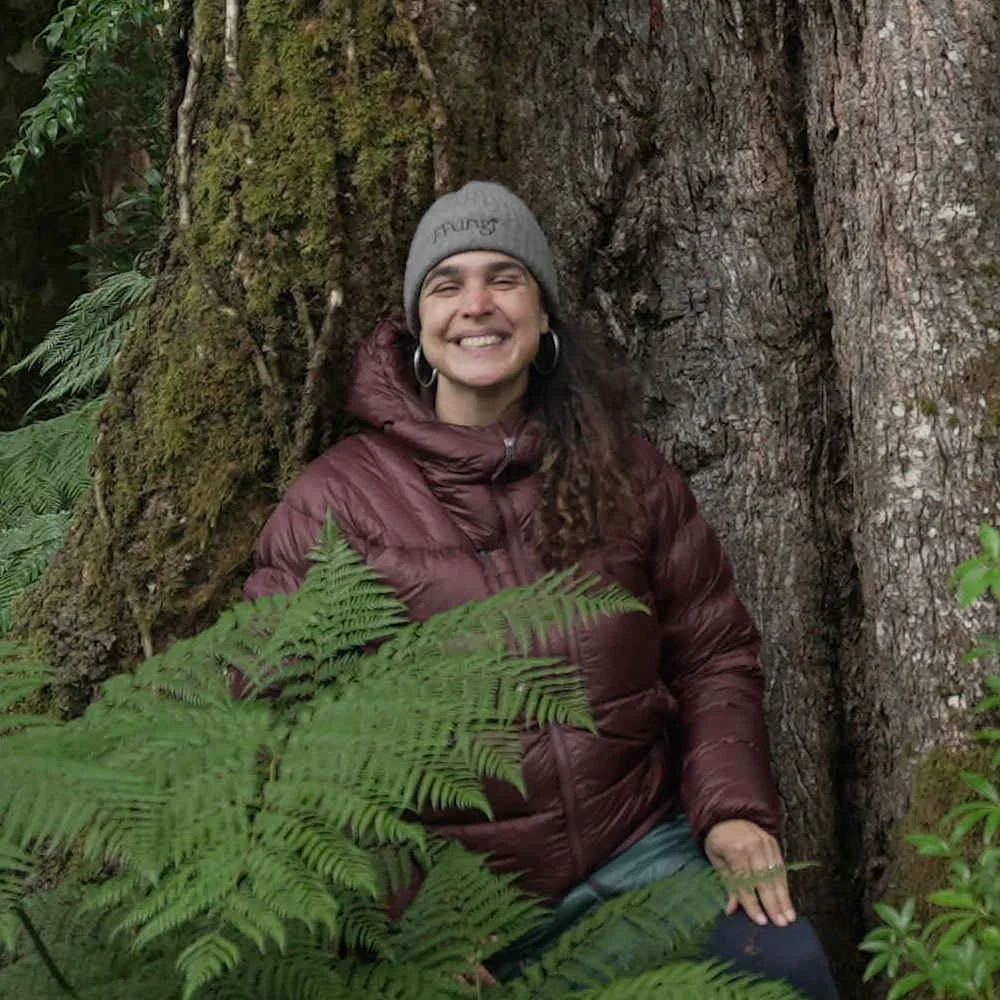“The way forward isn’t a road we take; the way forward is a road women make.”
Amanda Gorman
I started this blog wanting to write about the current biodiversity crisis, around the time of the UN Biodiversity Conference in Montreal last year.
I read some of the latest and tragic statistics on the snowballing speed at which our activity is killing other species.
Mammals, insects, turtles, fish, vertebrates, invertebrates, wetlands, coral, forests.
All life on Earth is under threat.
I thought, woah, we don’t want to read more about that.
I’ll have a mass-extinction of subscribers if I hit you with all that gloom.
I took a break from writing.
I went back to reading Entangled Life a book about fungi, mycology and ground-breaking research on the remarkable properties of fungi.
Maybe I'd take some notes, I'd love to write more about fungi.
I could spend all day reading about them.
I did. The whole day, maybe two; no notes.
Did you know the largest organism on the planet is a fungus? Armillaria ostoyae – they call it the honey mushroom; 3.5 sq miles under a forest in Oregon.
I pushed on with biodiversity. I made myself read a few paragraphs about the conference in Montreal.
The nations of the world had agreed on a ‘landmark’ global biodiversity framework.
4 goals, 23 targets.
30 percent of the planet protected by 2030.
Hope?
Déjà vu?
Blah blah blah,’ said Greta Thunberg.
I googled Greta to find out how old she was now. She’s 20 and she’d released a book: The Climate Book. I downloaded it, put in my earbuds and listened to it for the next 3 days.
It’s impressive, urgent and angry, with contributions from 100 global leaders in their field; it is also authoritative.
‘When it comes to the climate and ecological crisis, we have solid unequivocal scientific evidence of the need for change.
The science is as solid as it gets.
We need a new way of thinking,’ says Greta.
We sure do.
I spent two days writing marketing copy instead.
When I come back to this blog, it’s the middle of February, soon I’d have to write about International Women’s Day.
I sigh, it’s time to pull my finger out.
I google different combinations of ‘women, fungi, biodiversity’.
And there, on the world wide web, women, fungi and biodiversity, I found.
HAPPY INTERNATIONAL WOMEN’S DAY!
Suzanne Simard, is a Canadian professor of forest ecology at the university of British Columbia.
She was the first to suggest the possibility that trees move carbon and other resources through fungal networks under the forest floor.
Then she proved it.
Unequivocally.
Her pioneering research into what she coined ‘the Wood Wide Web’ showed that forests are intelligent systems.
They communicate.
They collaborate.
These systems are sustained by a mutually beneficial relationship between trees and the mycorrhizal networks of mycelia (fungi).
They are also overseen and directed by ‘mother trees’ who ensure that carbon, sugar, hormones, nitrogen, water, and other resources are sent to the trees that need them the most.
Darwinists, whose ‘survival of the fittest’, competitive paradigm has been turned on its head, were resistant.
Simard struggled to find funding.
But science is science, and a PhD and more than 200 articles on the subject, could not be silenced.
Simard is trying to influence logging practices, a principal contributor to biodiversity loss.
If logging continues to ignore the role Mother Trees play in the resilience of old growth forests, they will destroy any possibility of survival and renewal.
She makes an analogy to bolts being removed from an airplane.
You can take quite a few bolts and screws out without causing any great damage, but if you take out the bolts that hold the wings to the body of the plane, there is nothing to do but plummet.
Likewise, in a forest, certain trees hold the forest together.
In her book, Finding the Mother Tree, Simard shares this important understanding of forests and their innate wisdom.
She also leads The Mother Tree Project, a research project into old growth forests and all the ways in which biodiversity, regeneration and carbon storage can be protected.
Giuliana Furci - Fungi Foundation
Giuliana Furci, is a Chilean mycologist who established and leads the Fungi Foundation, an international NGO completely dedicated to the study and protection of fungi.
Furci and her colleagues (in Chile and around the world) are passionate about their work to influence law, policy, and research to include and protect fungi.
In July 2021, the Chilean government became the first in the world to include fungi in their environmental law.
Their declaration called on world leaders and scientists to
“… create protections for fungi under international, regional and domestic law and policy, both to state the equal significance of fungi among the kingdoms of life and to help address the threats that jeopardize the ability of many fungal species to thrive and survive,”
Furci was responsible for this important declaration and continues to lead this initiative.
They want ‘funga’ to recognised as the interconnectors of life on the planet and to be given the same protection, funding and importance as flora and fauna.
Why?
Because if we want to have an impact on climate change, we have to take into account the 450 quadrillion km of mycorrhizal networks underground that help sequester at least 5 billion tons of carbon dioxide every year.
(BTW quadrillion is 450 plus fifteen zeros - or one thousand trillions, i.e. a lot)
Because there are between 2 and 4 million species of fungi, and we hardly know anything about them.
Because the biodiversity of the fungi is integral to the survival and resilience of all life on earth. Fungi were instrumental in the evolution of life on the planet.
Because without fungi life would not be possible.
In a recent article in Time Magazine she calls for fungal education to be included in school and academic curricula.
‘Accounts of the living world that do not include fungi are accounts of a world that doesn’t exist.’
Find out more about this important initiative here.
Guiliana Furci and Suzanne Simard are inspiring leaders in their fields; their work is ground breaking and important.
We celebrate and applaud them.
We celebrate women all around the world.
We celebrate our stories, our intelligence and creativity, our resilience and capacity for love and empathy; our adventurous spirits and intuition, our discipline and physical prowess, our humour and our courage.
But let’s also remember that women still make up a minority in the sciences, in research, in decision-making and in leadership.
Let’s remember that 70% of women live in poverty. And that at the coal face of the biodiversity crisis are women and girls who have to work harder to find wood for fuel, clean water and plants for food and medicine.
So, let’s celebrate.
But let’s also act in whatever way we can.
Imagine the world if all women had the freedom and agency to pursue their passions, reach their fullest potential and offer the world their unique contribution.
Let’s act because we too must be allies in the survival of our planet.



